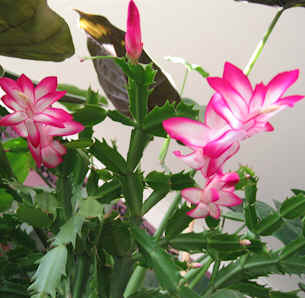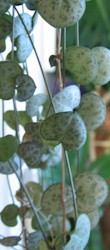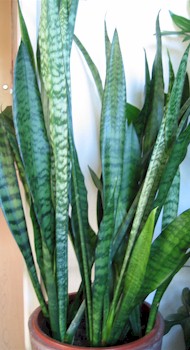|
Cactae & succulents |
|
| This page gathers cactae and other succulents. In my interior, most of them are standing just behind a window oriented towards South and thus benefit from direct sunlight a big part of the day. For some species, development is desperately slow, while some others grow fast enough to allow cuttings every year without big damage to the original plant. |
| Euphorbia spp. |
|
|
|
This
undetermined species of euphorbia was grown from a 10cm cutting picked up on a beach in
Reunion Island in 2002. Cuttings from this kind of euphorbia is really easy, if
the cut stem can dry 3 or 4 days before repotting in a sandy light mixture.
Bad growing conditions may let various diseases infect the plant. Below, a necrosis which is probably due to an excess of water or too high humidity.
|
||
| Agave americana |
|
 |
|
|
|
Senecio roleyanus |
|
| Zygocactus truncatus |
|
|
This brazilian cactae produces estonishing
flowers just before christmas. Zygocactus truncatus is a very easy
plant, unless it is not overwatered nor overfertilized.
|
 |
| Kalanchoe crenata |
|
|
This kalanchoe crenata
comes from the north coast of Guadeloupe's Grande Terre island.
There, it lives between rocks directly in the sand. |

Ceropegia
woodii is also known
as the "chain of hearts" plant, as its leaves look more or less
alike a shape of heart.
This one does well in
suspension. Despite it is hung two meters above the ground, its stems
colonize the container of an old aspidistra eliator...
|
|
 |
|
|
|
Ceropegia woodii |
|
| Sanseveria spp. |
|
 |
This one is from the
Martinique island
Their colors and patterns are quite different what makes all their interest.
|
|